-
×
 Copic Sketch Ice Blue B12
2 × R110.00
Copic Sketch Ice Blue B12
2 × R110.00 -
×
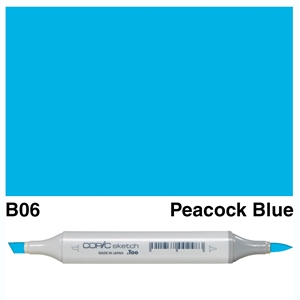 Copic Sketch Peacock Blue B06
1 × R110.00
Copic Sketch Peacock Blue B06
1 × R110.00 -
×
 Copic Sketch B34 Manganese Blue
1 × R110.00
Copic Sketch B34 Manganese Blue
1 × R110.00 -
×
 Copic Sketch Phthalo Blue B23
1 × R110.00
Copic Sketch Phthalo Blue B23
1 × R110.00 -
×
 Copic Sketch Pale Porcelain Blue B000
2 × R110.00
Copic Sketch Pale Porcelain Blue B000
2 × R110.00 -
×
 Copic Sketch Cyanine Blue B16
1 × R110.00
Copic Sketch Cyanine Blue B16
1 × R110.00 -
×
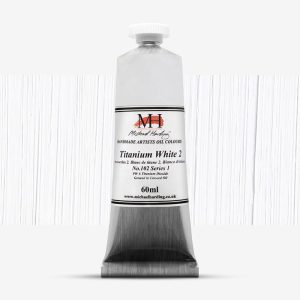 Michael Harding Oil Titanium White No. 2 - 60ml
1 × R299.00
Michael Harding Oil Titanium White No. 2 - 60ml
1 × R299.00 -
×
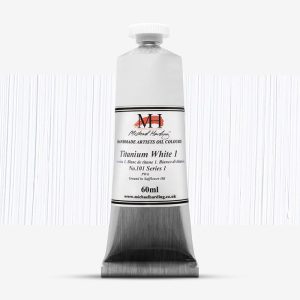 Michael Harding Oil Titanium White No. 1 - 60ml
1 × R299.00
Michael Harding Oil Titanium White No. 1 - 60ml
1 × R299.00 -
×
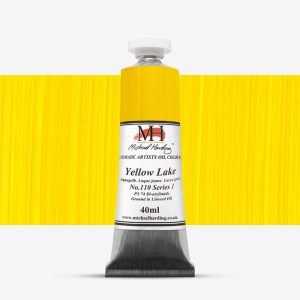 Michael Harding Oil Yellow Lake - 40ml
1 × R215.00
Michael Harding Oil Yellow Lake - 40ml
1 × R215.00 -
×
 Michael Harding Oil Titanium White No. 2 - 40ml
1 × R215.00
Michael Harding Oil Titanium White No. 2 - 40ml
1 × R215.00
Subtotal: R1,908.00

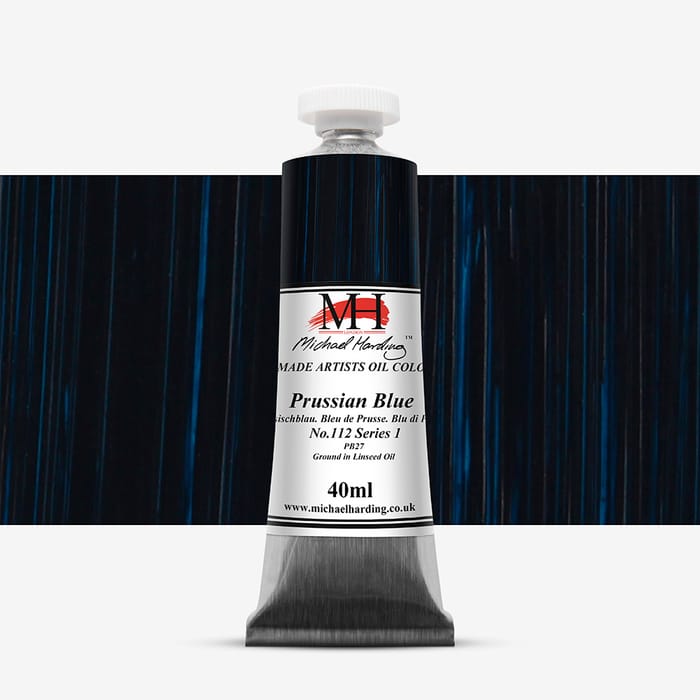
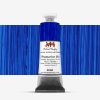

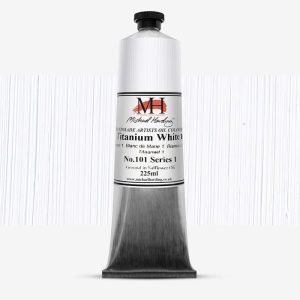
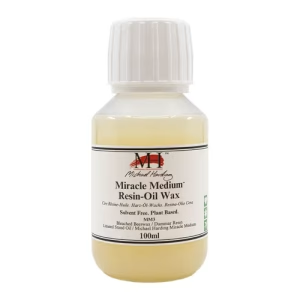
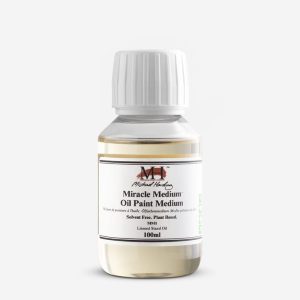
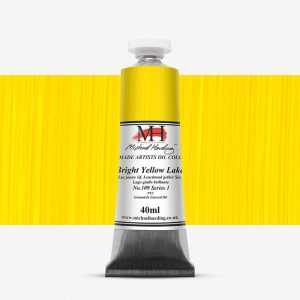
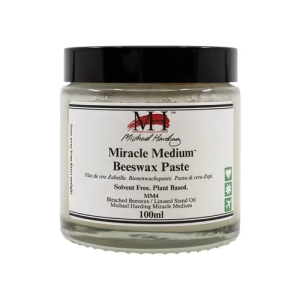
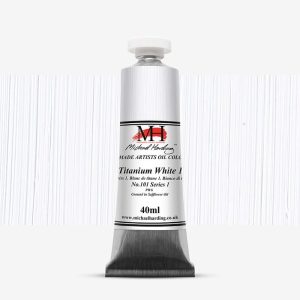
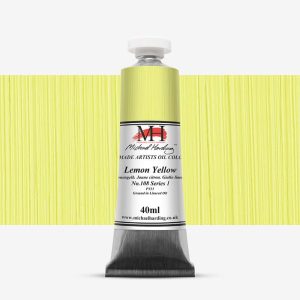
Reviews
There are no reviews yet.